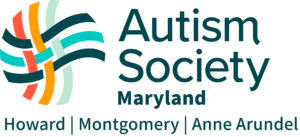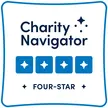by Lisa Brodjieski, M.S., CCC-SLP
The 1997 revision of the Individuals with Disabilities Education Act (IDEA) included many new requirements for school districts. One of those requirements is the group of “special factors,” which each IEP team must consider. Assistive technology is one of those special factors. The requirement states simply, “…the IEP Team shall…consider whether the child requires assistive technology devices and services.”
Because the legal definition of assistive technology is broad, there is sometimes confusion about what is assistive technology as opposed to what is instructional technology. Assistive technology is not technology that helps students practice new skills they are learning. It is not software to practice spelling words or math facts, for example. However, if the student’s problem is handwriting, assistive technology equipment is available that allows the student to keyboard as an alternative to produce writing assignments, spelling tests, or math problems.
When technology is used as assistive technology, it helps a student to do a task that he or she either cannot perform without it or cannot perform as well without it. Assistive technology often can be used in a variety of environments and can help a student with a task that might be done at school, at home or out in the community.
Your role as a parent in developing the assistive technology portion of the IEP is critical. It is important to express your ideas and feelings about the assistive technology being considered. You can contribute information about what you see at home and bring up any concerns or goals you have regarding your child and the technology. It is important that every IEP team member keeps in mind the long-term vision for your child and takes steps toward that vision. When assistive technology is being considered, you can help clarify the specifics. As the team develops a plan, consider these questions:
• What are the individual’s current unmet needs for access to communication, writing, or educational materials?
• What are the short- and long-term educational goals?
• What are the daily educational demands that require the use of assistive technology?
• Have the appropriate team members, including parents, been involved in the assessment process?
• What are the features of the technology that would assist the individual in meeting daily classroom demands?
• Why is the selected equipment more appropriate than other alternatives?
• Have all of the individual’s environments been considered?
• Does the selected equipment reflect the least restrictive intervention strategy?
• Is the equipment necessary to achieve educational/life goals?
• How will the individual physically manage the equipment in all environments?
• How will the equipment be integrated into the individual’s daily life?
• How will the use of the assistive technology promote inclusion of the individual into activities in the school and community?
• Which members of the education team will be trained to use the equipment?
• How will the individual be trained to use the equipment?
• How will the family be involved with the equipment?
Lisa Brodjieski, M.S., CCC-SLP, is an ASHA-certified speech-language pathologist with experience servicing the pediatric population in public day schools, non-profit, and private sectors. She is executive director of AT:LAST, Maryland’s assistive technology cooperative.



























